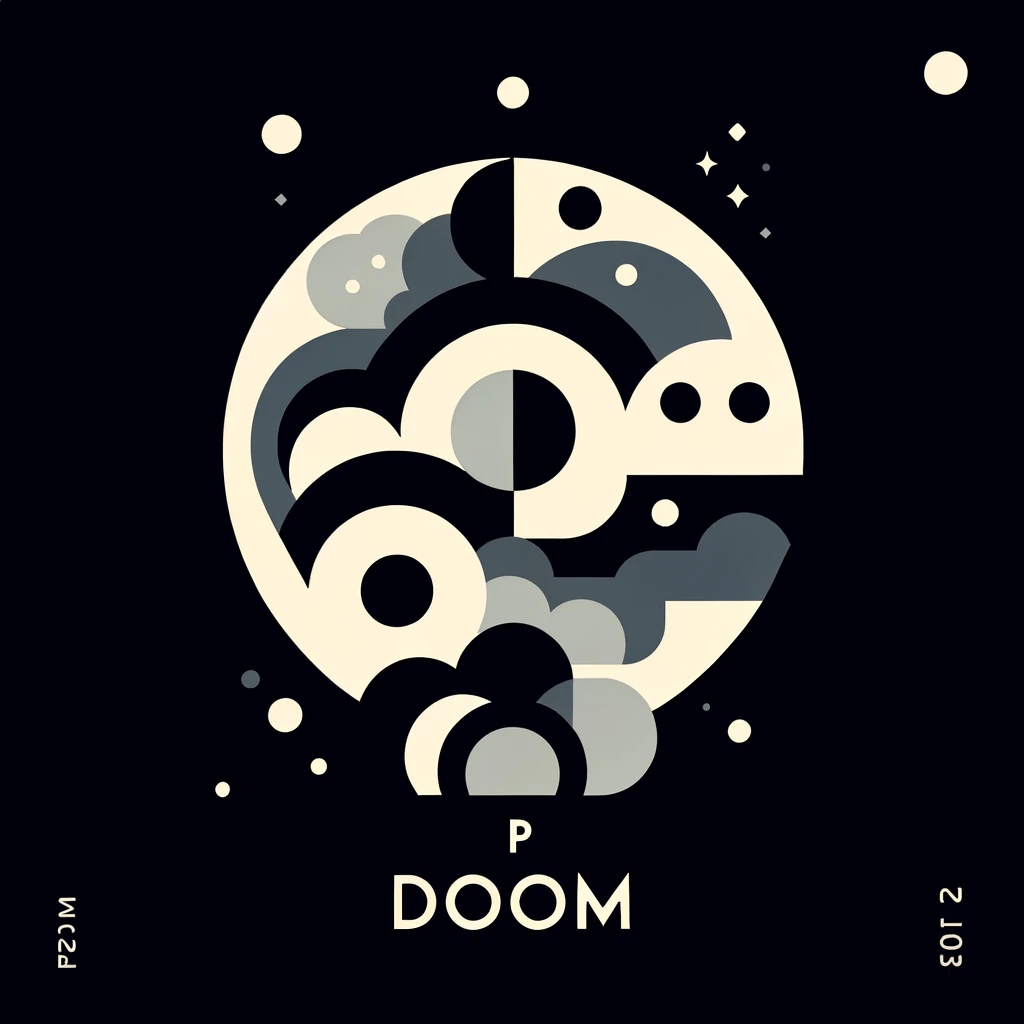
TL;DR: The concept of p(doom) relates to the calculated probability of an existential catastrophe. This article delves into the origins of p(doom), its relevance in risk assessment, and its role in guiding global strategies for preventing catastrophic events.
The term p(doom) stands at the crossroads of existential risk assessment and statistical analysis. It represents the probability of an existential catastrophe that could threaten human survival or significantly alter the course of civilization. This concept is crucial in understanding and preparing for risks that, although potentially low in probability, carry extremely high stakes.
Origins and Context:
- Statistical Analysis and Risk Assessment: p(doom) emerged from the fields of statistics and risk analysis, offering a framework to quantify and understand the likelihood of global catastrophic events.
- Existential Risks: The concept is particularly relevant in discussions about existential risks, such as nuclear war, climate change, pandemics, or uncontrolled AI development.
The Debate:
- Quantifying the Unquantifiable: Critics argue that the complexity and unpredictability of existential threats make them difficult to quantify accurately. This leads to debates about the reliability and usefulness of p(doom) calculations.
- Guiding Policy and Prevention Efforts: Proponents of p(doom) assert that despite uncertainties, it offers valuable insights for policymakers and researchers, guiding preventive strategies and resource allocation.
p(doom) remains a vital yet contentious concept in the discourse around existential risk. It highlights the need for a cautious, anticipatory approach to global threats and underscores the importance of informed decision-making in safeguarding the future.